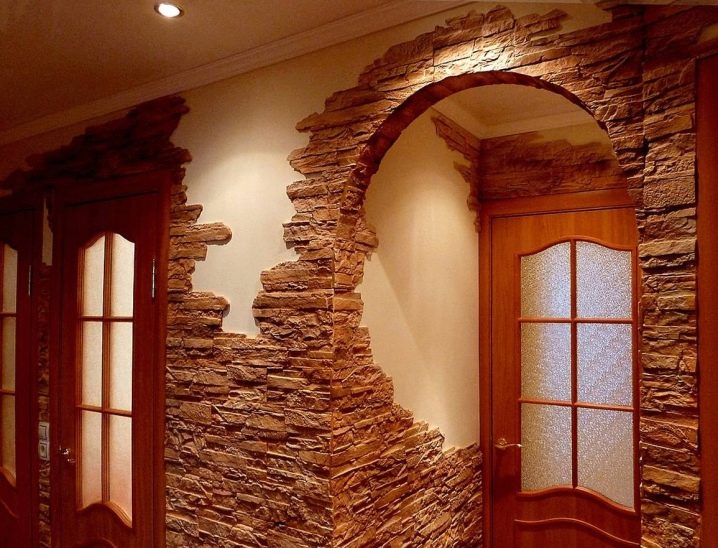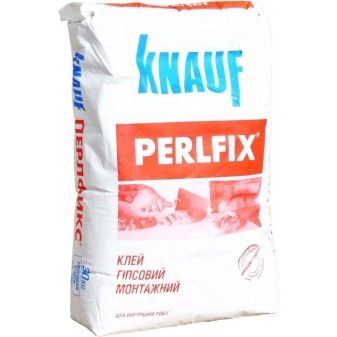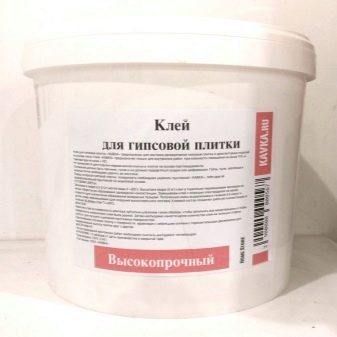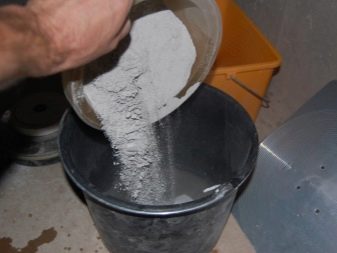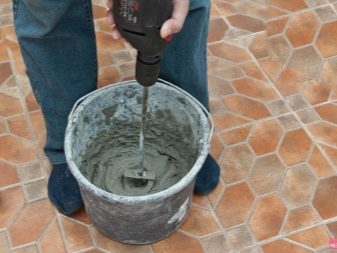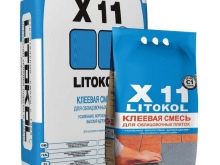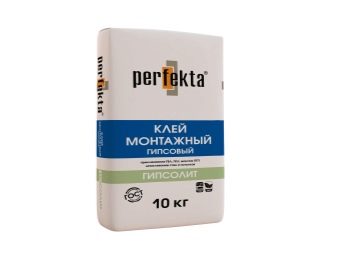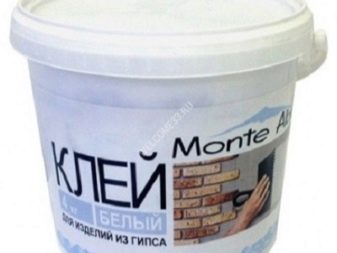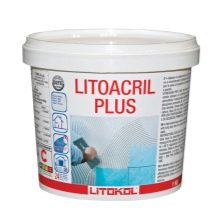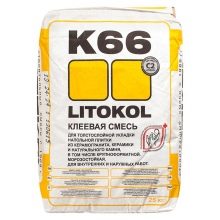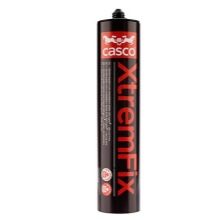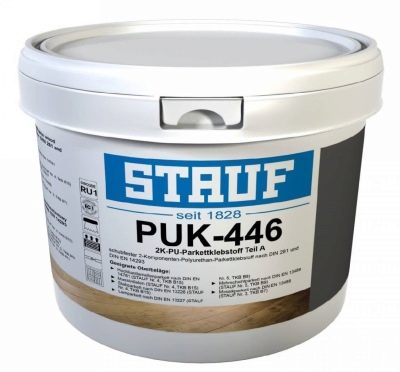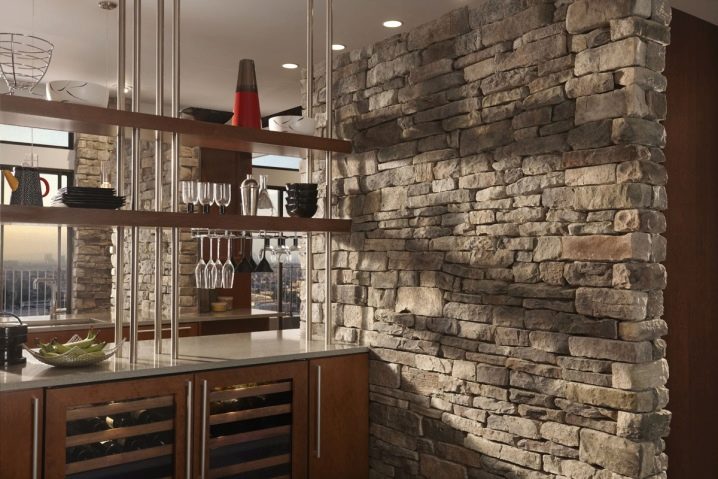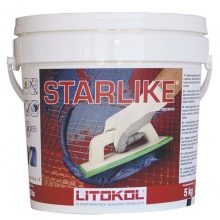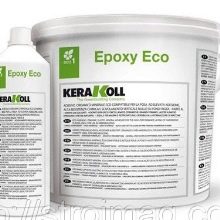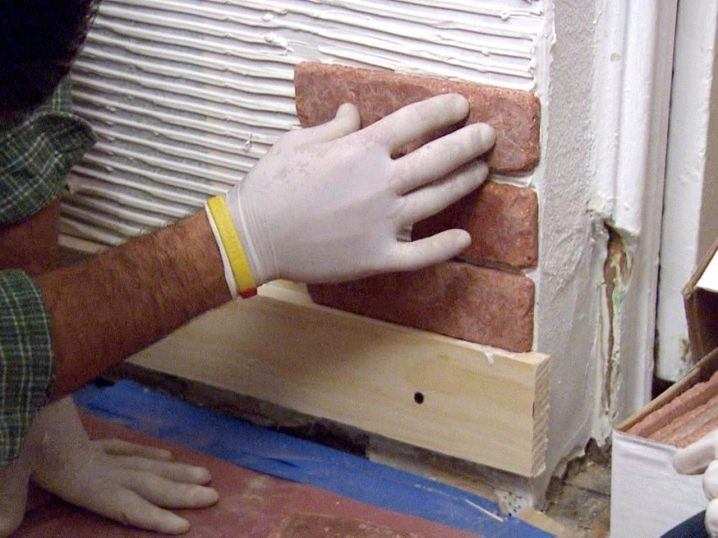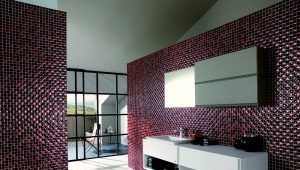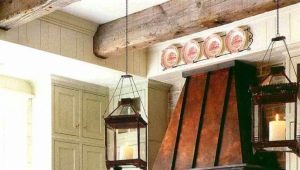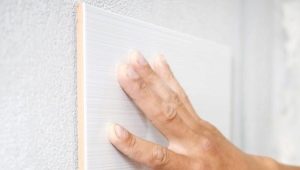What glue to choose for gypsum tiles?
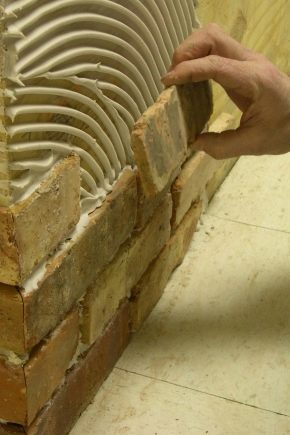
Almost every person faces the need for redecorating housing. At such moments, the main choice arises: to entrust the work to professionals or to do it yourself. For those who have chosen the second option, it will be very important to learn how to choose the adhesive for plaster tiles. You will also need information on how to prepare the surface and perform the installation directly.
Criterias of choice
Determined with a tool that will help securely attach the material to the surface, is based on a number of factors. It may be necessary to prime the treated surface and tile by impregnation, for example, on the basis of acrylic.A special mixture of PVA glue with plaster, various polymeric mixtures, foam and putties of different composition may also be suitable.
To ensure high bonding strength of the tile with the surface, you need to choose the adhesive composition, given the following points:
- what kind of work needs to be done;
- the type of surface to be treated, including the degree of its porosity;
- the composition of the tile itself;
- type of masonry required.
Specifications
In modern stores there are cement mixtures or their analogues based on gypsum. Immediately before work, they must be diluted, following the instructions on the package. Reactive mixtures generally do not need to be mixed.
Dry mix is used on those surfaces that have a screed or mineral base. Reactive mixtures are indispensable if you need to do the job as quickly as possible.
Dry Bonding Mixtures
When choosing between a mixture of gypsum and cement-based, it is better to give preference to the first option. The tile is a porous material that quickly absorbs any moisture, because of this, the cement mixture will dry much longer.
To work, pour into a container of warm water and pour the selected dry compound into it.For better mixing it is best to choose a construction mixer. The resulting mass hardens very quickly, so the gluing process must be carried out immediately.
If you need to glue the tile on a warm floor, additionally mix in latex based Latexcol.
Professionals recommend to pay close attention to such adhesive solutions:
- Plusfix. Powdered mixture based on building cement and sand from quartz. Also contains pulp. Plusfix is used to glue small tiles (maximum dimensions - 25x25 centimeters). The basis for laying tiles on such glue can serve as a surface of cement, concrete and brick.
- Litokol K its basic characteristics are very similar to Plusfix.
- You can also buy Litokol X11. The mixture contains portland cement, as well as sand in the form of granules. Suitable for gluing large tiles.
- Perlfix - It is a mixture that is made from gypsum and building polymer additives. Perlfix has a minimum consumption of 1 square meter. Also among the advantages can be noted its environmental friendliness.
- Satyn PKG-28 - it is a mixture based on gypsum, as well as mineral fillers. The composition also includes additives due to which the composition is very plastic and fits perfectly on any surface.
- A dry white compound that has a plaster base is "Plaster". He quickly grabs and has a good grip. Excess can be quickly and easily removed - a rag moistened with plain water will do for this.
- Adhesive composition "Monte Alba" It is desirable to apply for internal work.
This glue is perfect for veneering gypsum-based decorative tiles.
Liquid nails and dispersion formulations
Such products are suitable for laying tiles on plasterboard, and it can also be used if the wall has been previously primed. Such compositions are quite expensive, but they can justifiably be called universal.
Compositions in the finished form of such a brand as LITOKOL.
It is necessary to use the mixture within eight hours from the moment of opening the package, because it hardens very quickly.
Among the types of the mixture can be distinguished:
- LITOACRIL PLUS - This is a mixture in the form of paste. Its basis is acrylic. This composition is considered to be universal, has a high moisture resistance. Even if applied on a vertical surface, it will not drain. Dries quickly, which significantly speeds up gluing work.
- LITOFLOOR K66 - it is glue which is used both during the internal, and during the external works. The composition is sufficiently resistant to low temperatures, as well as high humidity. Even if the surface has many irregularities, the LITOFLOOR K66 can provide good grip.
- Casco EXTREMFIX can be bought in the form of a liquid emulsion. It quickly hardens. The result is visible after two hours. It is convenient enough if applied in hard to reach places.
Reactive adhesive for tile plaster
Reactive means are considered the most convenient for use - they have excellently proven themselves due to their versatility. They can be used for almost any type of tile. Also, the surface can be different.
When working with gypsum material, it is advisable to use reactive glue. Such glue has only two components in its composition: the main one is an adhesive base, and the additional component is a hardener.
It is desirable to work with him extremely quickly - the mixture quickly hardens.However, it has excellent elasticity - even if the surface has many irregularities, you can use reactive glue.
The most popular models of reactive glue are:
- A composition that has a quality epoxy polyurethane base is "Litoelastic". With it, you can glue the tile on various types of surfaces, for example, on concrete (including natural stone) and cement, it is convenient to work with it also on plywood and on drywall. No shrinkage after hardening. Also, there are no cracks. Suitable for vertical as well as horizontal surfaces. Resistant to sudden changes in temperature. It has good adhesion to any surface. With it, you can carry out work even on the street.
- Universal remedy is Lithokol epoxystukHowever, he is afraid of the effects of chemical compounds with a rather aggressive action. But this solution is extremely resistant to heat.
- Suitable for indoor as well as all kinds of outdoor work. LITOCHROM STARLIKE. The composition is not susceptible to the spread of mold, heat-resistant, chemical correspondences with aggressive media are not afraid of it.Does not collapse under the action of ultraviolet radiation.
- You can buy a mixture of high quality from the Italian company Epoxy eso. It has a wide range of applications at different temperatures, but it should only be applied on a pre-primed surface.
- KERAPOXY MAPEI resistant to acid. They can also rub the seams between the tiles. It has a slight water absorption. Even if the mixture is frozen, it can be easily soaked with ordinary warm water.
How to apply glue
Beautiful appearance, as well as the long service life of the tile depends not only on the materials you choose - you should pay close attention to the work process itself. Finishing work should be carried out depending on the form of installation.
To begin, prepare the necessary working inventory. First of all buy:
- construction roulette;
- level;
- hand saw;
- simple pencil;
- a small ruler, it will be enough length in 1 meter;
- glue brush;
- absorbent sponge;
- flexible spatula.
Next you need:
- clean the entire surface under the tile - remove all plaster, whitewash, paint, wallpaper and other old finish;
- level the wall;
- split the entire surface into horizontal zones that are about 40 centimeters high;
- apply the necessary markings on the surface of the wall;
- prime the surface with a primer and dry it thoroughly.
Before directly applying the mixture, make sure that the surface is completely dry.
Tiling should start at the corners. - This will help correct all differences between rows. With careful observance of instructions slip mixture should not be.
For information on how and how to glue the gypsum tile, see the following video.

